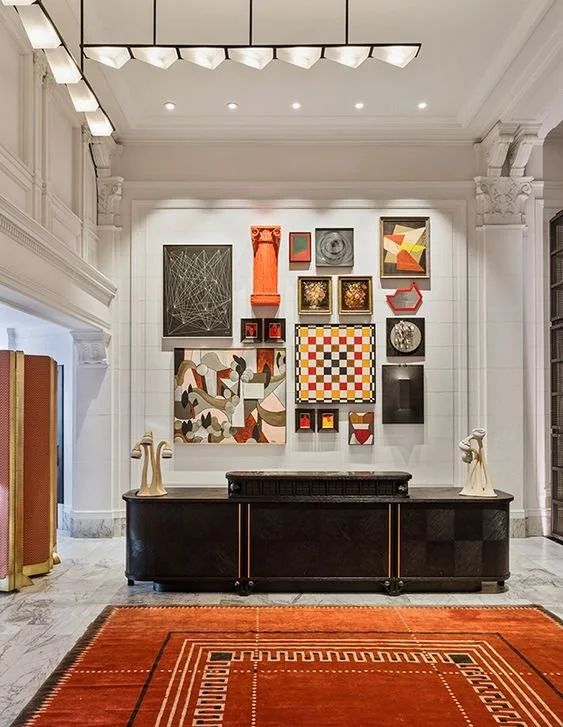Top Hospitality trends for 2023
Hotels are no longer just about providing guests with a good bed and a warm shower. It is about well-being and an experience in which all senses are stimulated. Today, hotels put on many hats, from becoming communal spaces for gathering to co-working spaces for digital nomads, a quirky Instagrammable moment for millennials to a sustainable experience for the eco-traveller. Here are some top trends for 2023.
Focus on experiential design
The last few years have shown that if retail and hospitality design is based on current trends, the trends will likely change when the hotel is ready for guest occupancy. And, with more hotels focusing on revenue per guest rather than overall revenue, offering a variety of experiences is at the crux of hotel design. Hotels that previously sought to design to a brand, with one hotel looking much like another, are designing for what differentiates a hotel from their other properties.
Bringing in the local touch
To offer a more authentic experience, hotels are designed to emphasise and reflect what’s unique to the local area creating a distinct identity. A hotel’s design may connect to the locale by designing to honour its architecture, its style, or a feature of its community.
Blurring the boundaries between indoor and outdoors
Architects are designing lobbies and rooms with floor-to-ceiling windows to connect guests to the outdoors, even in urban settings. Interiors are moving away from a cold, technological look and polished finishes favouring organic, textural forms and unadulterated, natural materials.
Conceptual design with Instagrammable moments
Beyond comfort, millennials and z generations seek unique design experiences, which are very shareable on socials. Also, creating and implementing a unique design gives the hotel its own identity and will last for eternity.
Incorporating technology
Hotels are adopting guest-facing technology to enhance the guest experience, from digital keys on their mobile phone to self-check-in kiosks to designing workstations with wireless charging.
FLEXIBLE LOBBY SPACES
As a result of the challenges faced by the hospitality industry during the pandemic, architects and designers are creating flexible spaces to be prepared to cope with the unexpected. Hotel lobbies are also becoming combined-use spaces, with less emphasis on the front desk and more on transforming into gathering spaces for conventions and events.
HOTELS AS GALLERIES
Art in hotels is no longer a mere backdrop to a headboard or an accessory in lobbies and walkways. The infusion of art in hospitality has become a way to add an identity to hotels to help create an experience for a busy traveller who lacks time to explore the city and local galleries.
Sustainability is the new normal
The rise of the eco-traveller tribe has led hotels to focus on sustainable design experiences, services, and food. Architects are designing green spaces such as gardens and rooftop terraces as an extension to bars, restaurants, and gathering spaces.
Wellness spaces for the “bleisure” traveller
Health and wellness are primary concerns for a “bleisure” traveller who extends their business trip to allow for a few days of leisure time. Hotels are redesigning guest rooms to provide a more extensive, spa-like bathroom area and in-room fitness and exercise equipment. The new fitness centres incorporate yoga spaces and meditation rooms as well.
Catering to the digital nomads
During the pandemic, we got a feel for the “working from anywhere,” or WFA approach. Going forward, more and more of us will combine remote and on-site work. These digital nomads will likely book longer hotel stays and seek hotels supporting their needs. Hotels are offering more communal work areas in the lobby and larger business centres.
*Images via pinterest





